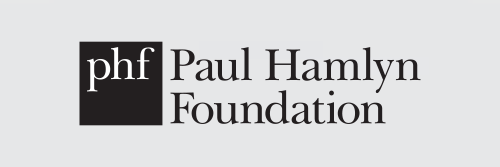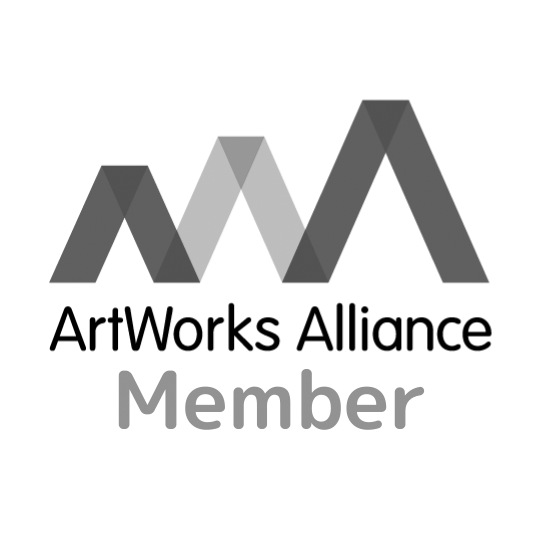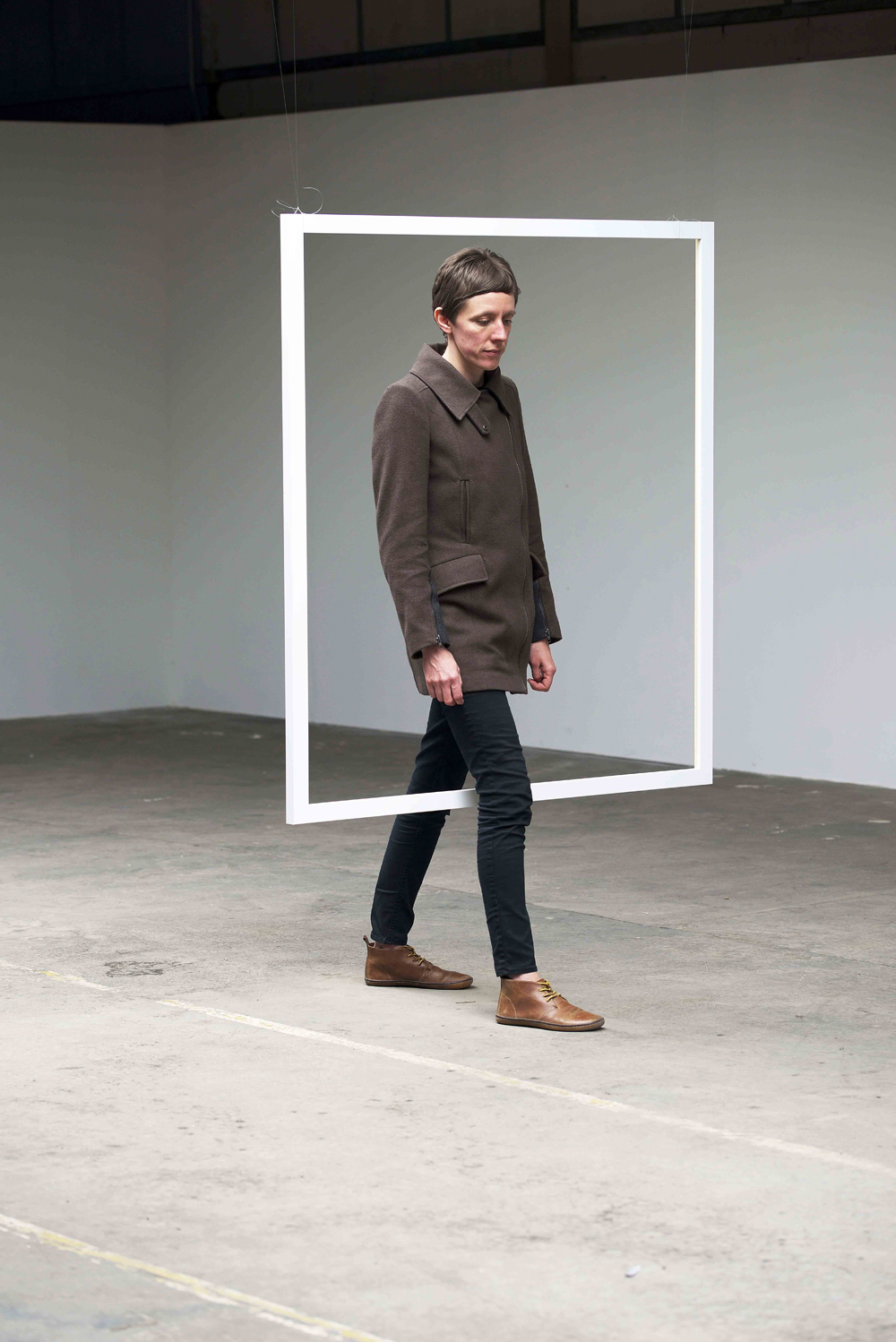
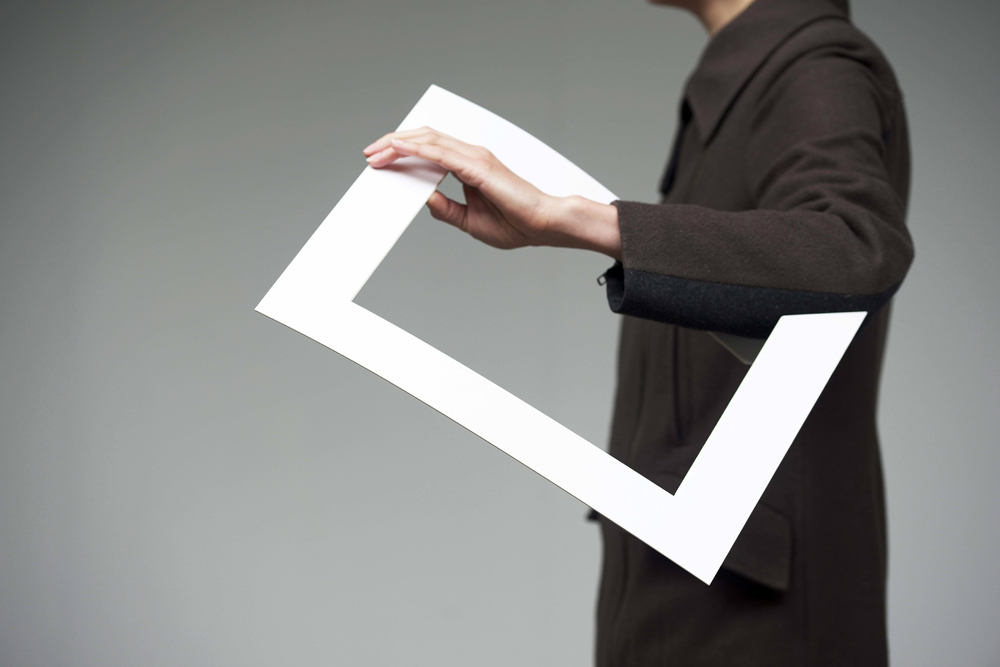
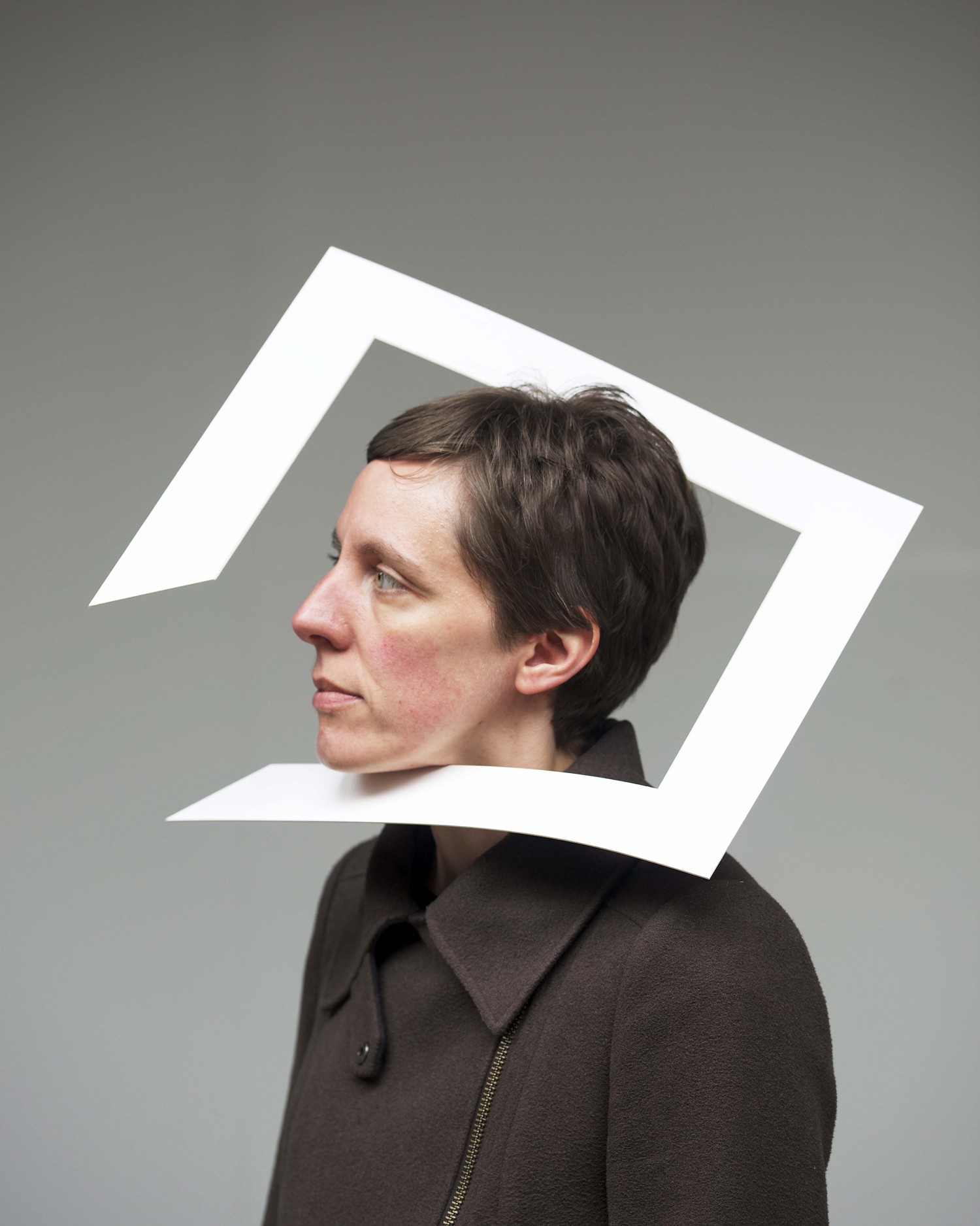
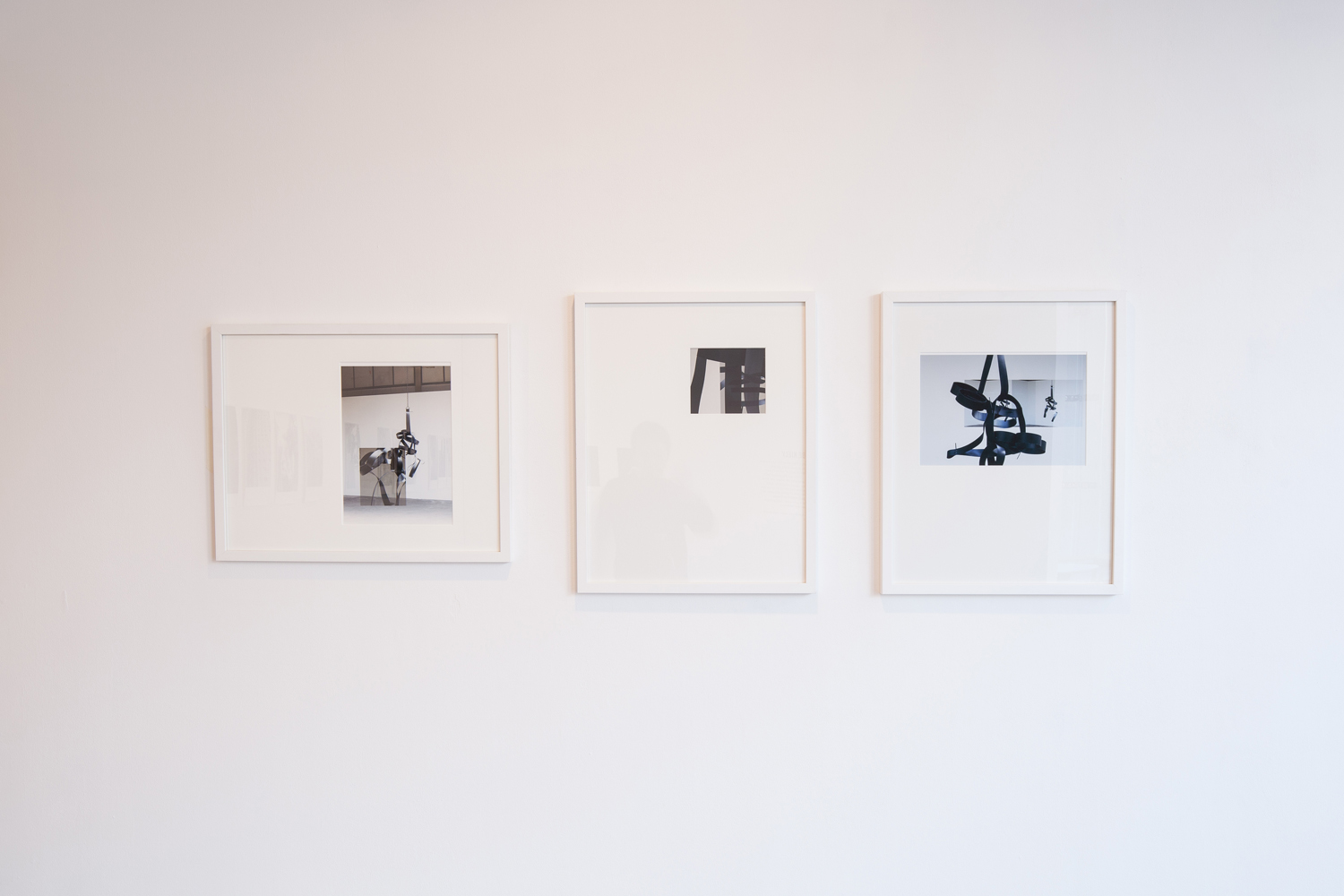
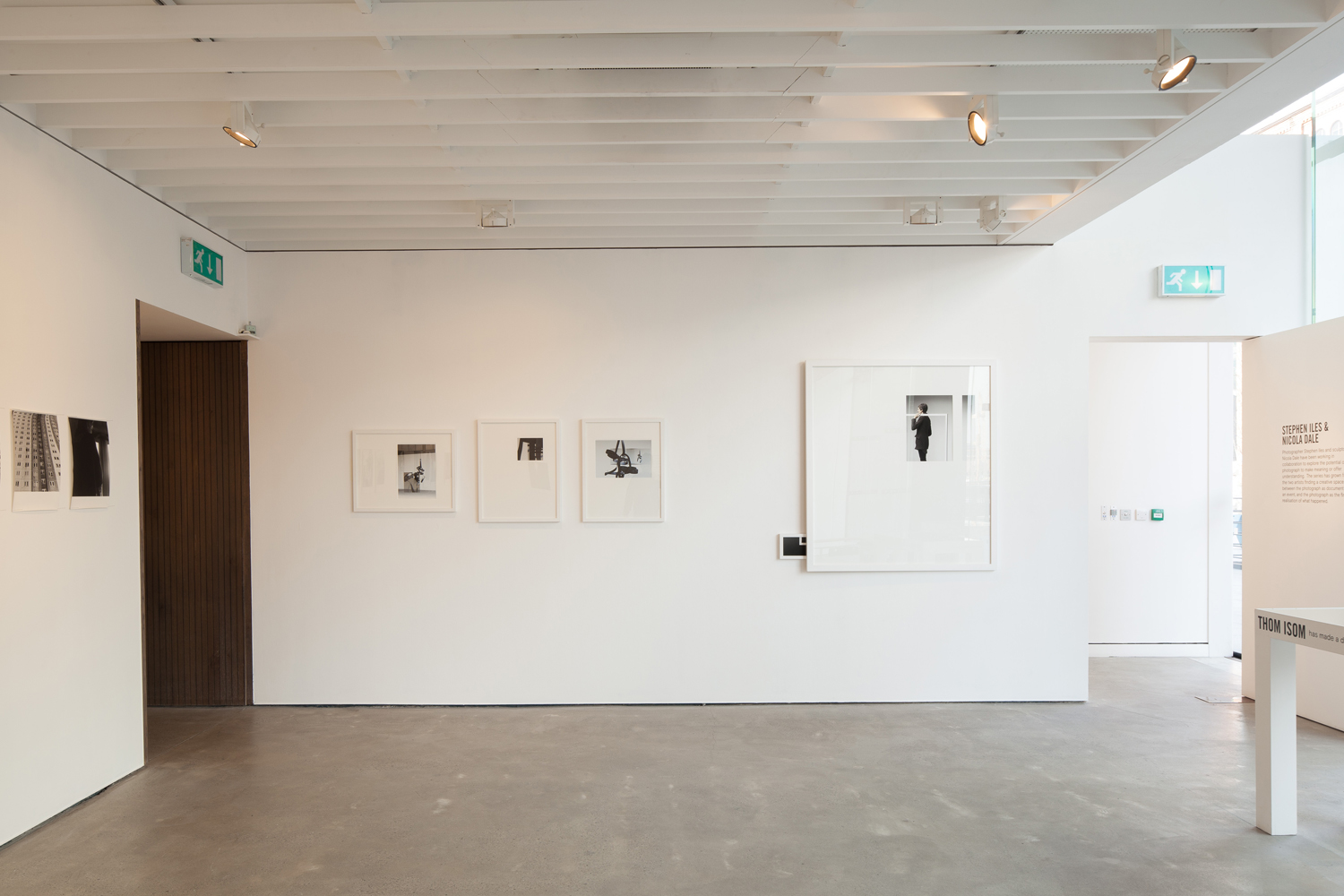
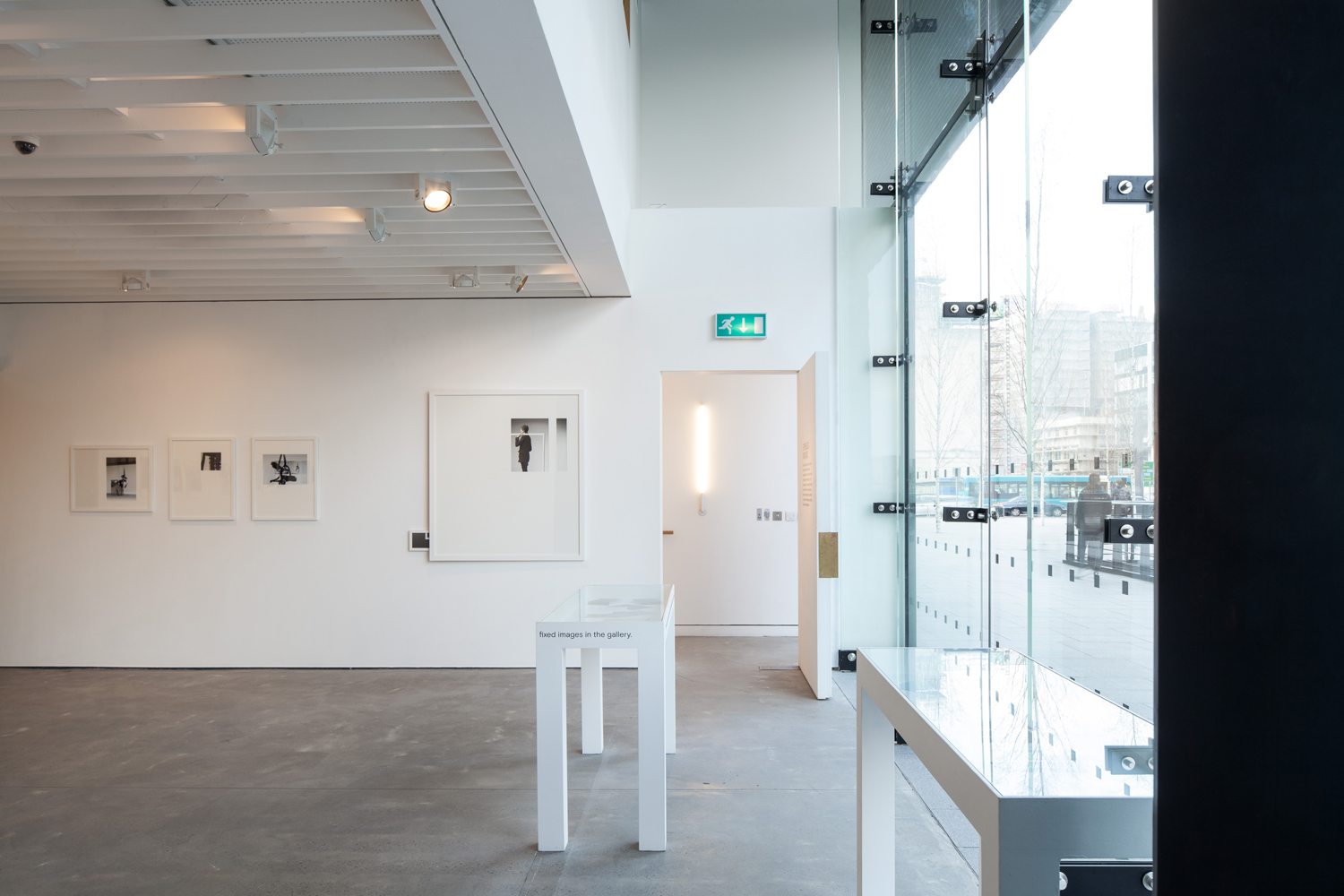
Artist Interview: Nicola Dale
Photographer Stephen Iles and sculptor Nicola Dale collaborate to explore the possibilities of photography to communicate an understanding of a subject. Their work is currently on display as part of Open 2: Pieces of You.
This interview has been conducted by Pauline Rowe, who is currently at Open Eye Gallery on a PhD placement from the University of Liverpool.
—
Pauline Rowe: How and why did you become an artist?
Nicola Dale: I became an artist because I wanted to develop my own language. Art affords both making and thinking which are of equal importance to me. I want to make work that looks like thinking. I have a consistent need to ask questions that don’t necessarily have answers and art offers a space to do this.
I relish how difficult art is – it’s so slippy and surprising; it’s the ultimate devil’s advocate, always presenting a different point of view. Art encourages argument, wrong answers and mistakes. It absolutely will not be pinned down. I find this comforting.
PR: Can say something about your work with Steve – did it feel in any way more challenging than other collaborations? How did you discuss and agree your work together?
ND: It took a while for myself and Steve to work out how we could work together on this project, even though we already knew each other. Steve had previously taken photos of my work, but that is, of course, not the same as collaborating in the traditional sense. We wanted to see how on earth we could possibly meet in the middle in some way.
Our initial discussions were fascinating (though somewhat scary for me) because Steve is very much about “making nothing”, whereas I am all about the making process. We were also both aware that in terms of hierarchies of art, a sculpture is traditionally seen as occupying a loftier position in the art world than a photograph. What would it therefore be saying to put a sculpture of some kind in a dedicated photography gallery?
I began by telling Steve one of the issues I have with photography. Whenever I see a photo of a sculpture, I am immediately frustrated by not being able to see the back of it. I want to be able to turn the photo over and see the rest of the piece! Steve says that he often cannot remember whether he has seen an artwork in real life, or just as a photo. My memory does not work in this way. I always know whether I have seen an artwork in real life. This gives you a sense of the difference between a photographer’s and a sculptor’s visual world, despite both operating under the banner of “art”. This is not something that had ever occurred to me before. It was a good starting point actually and we both buzzed off it, once we had got our heads around it.
So, the project started in a challenging manner because our eyes and our heads work in such different ways. I have collaborated with all sorts of creative people before, but this has been both the most difficult and the most rewarding because we managed to get over the question of how to submit to each other without unhappy compromise.
What we have ended up doing is using me as the sculpture. I have previously done some performance work, so this was not too much of a stretch and, given Steve’s existing interest in how artists present themselves to the world, it seemed a natural way forward. From our discussions of the lack of a “back” in the photograph, we moved towards trying to work out how to break that sense of the flat plane – how one might suggest 3-dimensional movement through flatness, i.e. breaking the frame, thinking sculpturally, whilst using a photo. We will play with this also through the way in which the work is presented in the gallery…
PR: In presenting your own body as sculptural in this exhibition are you emphasising yourself as a physical being/ body that makes and creates – and does this in any way relate to your love of Spinoza, and your interest in knowledge?
ND: I think the emphasis is on information rather than knowledge. (I find the difference between these endlessly fascinating and perplexing in equal measure.) I’m not sure the photos are about my physical body as the site of creation – I think they’re more about questioning physicality itself: are our frames of reference regarding physicality diminishing in a screen mediated world?
I do love Spinoza and he does have some relevance here (though he is not someone Steve and I have ever discussed). As far as I understand it, Spinoza’s emphasis was on everything being one “substance” – man, world, universe, are all interconnected. There is therefore no “outside” – everything is… well, everything! This suggests to me a kind of infinite touch, where the tiniest tap reaches the farthest shores. The world of information does not suggest this kind of physicality to me. It is flatter, it is a dull thud.
PR: What is the difference between your art being photographed (as in promotions or information for previous exhibitions) – and the idea of making something to be photographed with the photograph, rather than sculpture, being the exhibited piece?
ND: The difference comes from where you or I think the “art” exists I suppose. A photograph of my work is not my work, it is a record or a document of my work (in the same way that a musical score is not the music itself.) If I make the decision that a photograph is an artwork, then it’s contents are almost irrelevant, they could be sculptural or painted or performed, depending on the idea I am trying to convey. The art will exist as a photograph.
I happen to love making things, so I tend towards the “real”, the sculptural; however, I always try to stay true to an idea so if that means a sculpture only existing as a photograph, then so be it! I guess the question always has to be “What would I like the viewer to see?” In the case of the collaboration with Steve, I would like the viewer to see that Steve and I are playing with the “flatness of information” – photography seems a better starting point for this than sculpture.
PR: Each of the images seems distinct, to be saying something different. They don’t suggest a connecting narrative. The head and shoulders picture where the frame is broken covering your right eye seems to be questioning the very framing of photographs and portraits. Would it be fair to describe these images as philosophical or are they all studies of you?
ND: It is interesting that you think of the photos as distinct pieces. For me, the connecting narrative is the idea of framing, or rather, breaking the frame (Pieces of You!)… I would say the images are philosophical. I don’t think they tell the viewer anything about me personally. They provide a certain amount of information about a woman in a certain place at a certain time, but I could be replaced with someone else and the images would still stand. This is how I feel information works – it flattens stuff out.
PR: You said that you could be replaced with someone else and the images would still stand – and that they are not about you. Wouldn’t such replacement make them images staged in a different way and somehow affect their authenticity especially as they were formed through collaboration?
ND: The images would still stand in that the ideas they present would still stand. In a very literal sense the images are about “me” but the-life-and-times-of-Nicola-Dale are not the focus.
The images would of course look different with a different person, but the notions of breaking the frame; of 2 versus 3 dimensionality; of the difference between photography and sculpture; of the fact of the collaboration between Steve and myself (and the camera) would still resonate (by this I mean that this work, these ideas, came out of a specific collaboration, regardless of who is pictured in the photos – assuming of course that we did not allow this other person to bring their own ideas to the table and that they were just a model!)
Where does authenticity lie? Is it in the idea? In the action? In the process? In the “spirit of collaboration”? In the lens of the camera? In our eyeballs? In our minds? In a mixture of all of the above? I don’t feel philosophically qualified to answer the question, but my gut says the authenticity lies in the idea, the need to question. I say this because my work always begins when I ask “What if?…”
—
Poems for further reading linked to some of the ideas in Nicola Dale’s work:
The Curator: Miller Williams
http://www.poetryfoundation.org/poem/176491
When the Copperplate Cracks: Imtiaz Dharker
https://www.youtube.com/watch?v=fkAhvoUzakE
Information: David Ignatow
http://www.poemhunter.com/poem/information-3/
The Visible World: Jorie Graham
http://www.poetryfoundation.org/poem/242176
—
A PDF pack containing interviews with each of the artists exhibiting in Open 2: Pieces of You is available to download here.
